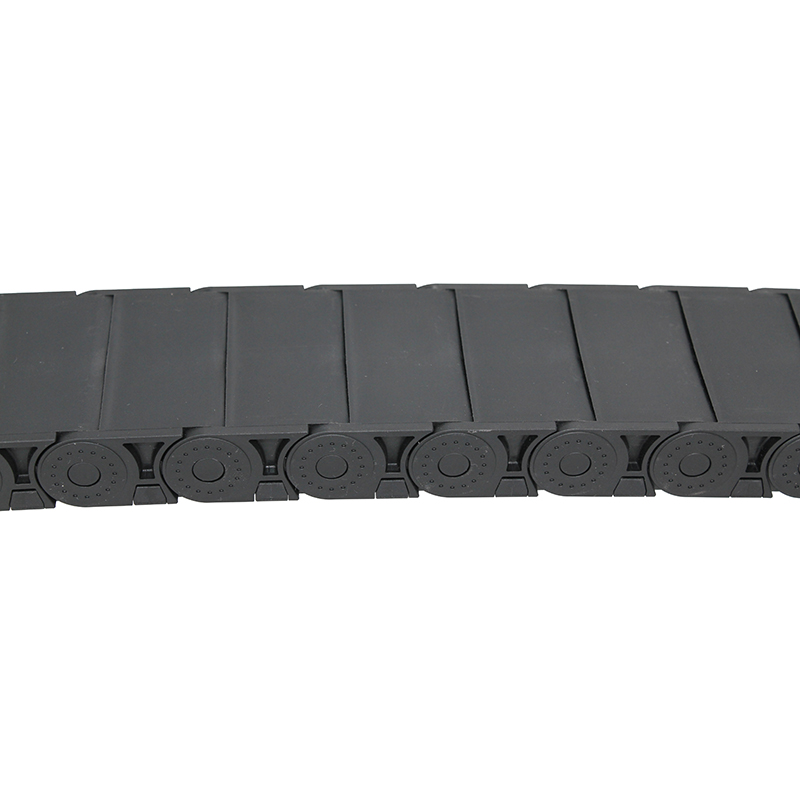corrugated conduit sizes
Understanding Corrugated Conduit Sizes A Comprehensive Guide
Corrugated conduits play a crucial role in various electrical and construction applications, providing protection and organization for cables and wires. These flexible tubes are designed to shield electrical lines from environmental hazards while ensuring easy installation and maintenance. Understanding the different sizes of corrugated conduits is essential for choosing the right product for your project.
What is Corrugated Conduit?
Corrugated conduit is typically made from materials like PVC or polyethylene and features a wavy or ridged surface. This design provides flexibility while maintaining strength, allowing it to bend around corners and obstacles without compromising the integrity of the cables protected within. Conduits are essential in both residential and commercial settings, where they serve as pathways for electrical wiring, surge protection, and mechanical support.
Common Sizes of Corrugated Conduits
Corrugated conduits come in various sizes to accommodate different applications. The most common sizes range from ½ inch to 6 inches in diameter. Each size serves a specific purpose, and choosing the right diameter is crucial for ensuring proper airflow, heat dissipation, and adequate space for wiring.
- ½ inch to 1 inch These smaller conduit sizes are often used for light-duty applications and residential wiring. They can accommodate thinner cables and are ideal for tight spaces where flexibility and ease of installation are essential.
- 1 inch to 2 inches Medium-sized conduits are versatile and suitable for a variety of applications, including lighting fixtures, outlets, and low-voltage systems. They provide increased capacity for more substantial wiring while still being manageable for installation.
- 2 inches to 4 inches Larger conduit sizes are typically used in commercial and industrial settings. These conduits are designed to handle heavier and more complex electrical systems, such as data cables, industrial machinery, and large lighting systems.
corrugated conduit sizes

- 4 inches and above For significant installations that involve a substantial number of wires or larger cable sizes, conduits of 4 inches and above are necessary. These sizes are commonly used for main power feeds, substantial electrical equipment, and multi-circuit systems.
Factors to Consider When Choosing Conduit Sizes
Selecting the appropriate corrugated conduit size involves considering several factors
1. Cable Type and Size The diameter of the wires being used is crucial. Ensure that the conduit size can accommodate the cumulative diameter of all cables.
2. Installation Environment Depending on whether the installation will be inside or outside, or in areas exposed to harsh conditions, you may need to choose materials and sizes that provide additional protection.
3. Future Expansion Always consider potential future needs. If you anticipate adding more wiring later, it’s wise to opt for a size larger than currently necessary.
4. Compliance with Standards Ensure the selected conduit size complies with local electrical codes and standards to ensure safety and reliability.
Conclusion
Understanding corrugated conduit sizes is vital for anyone involved in electrical installation or construction. By selecting the correct size based on application needs, you can enhance the durability and functionality of your electrical systems. Proper conduit sizing not only protects your wiring but also contributes to a safer and more organized installation. Always consult with professionals or refer to local regulations to ensure that you make an informed decision that aligns with industry standards.








